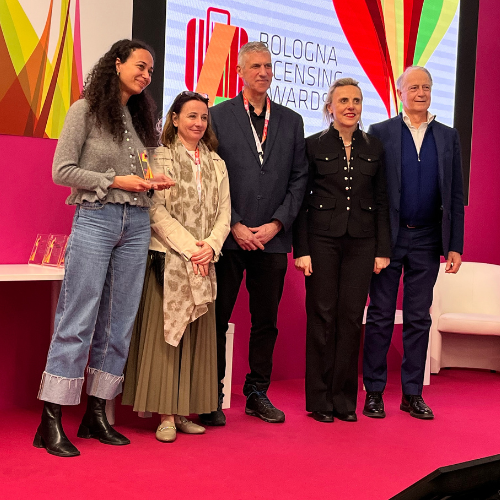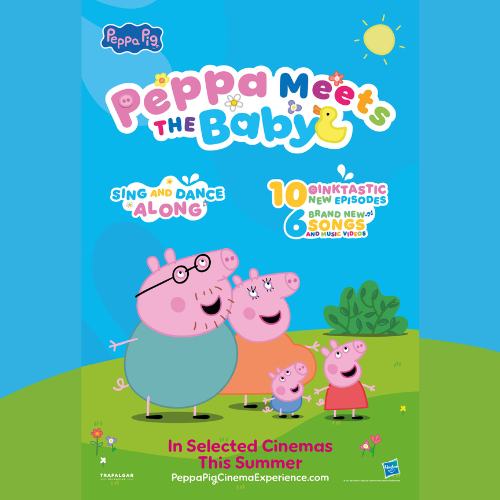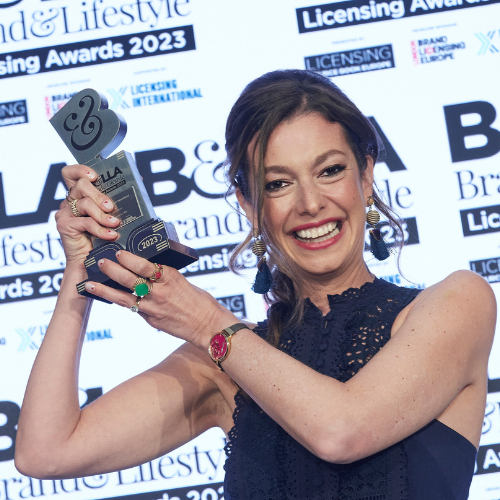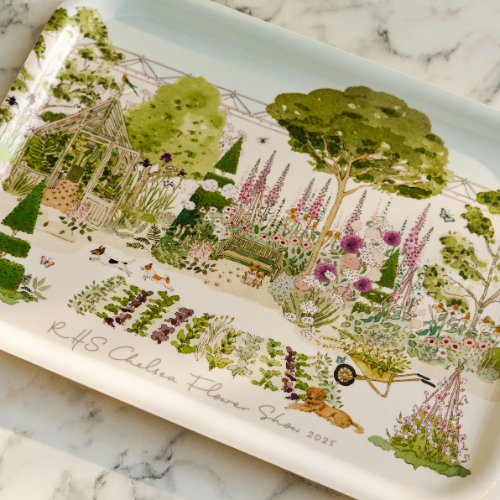Execs from the V&A, Unilever, Cath Kidston and Beanstalk share their experiences.
Interpreting the brand well and bringing its essence out in the finished products are all key when it comes to creating a successful brand licensing programme, according to a panel of experts.
Richard Pink from Pink Key Consulting led a panel discussion on brand licensing at October’s Brand Licensing Europe, joined by Julie McCleave of Unilever, Elaine Ashton of Cath Kidston, Lauren Sizeland from the V&A and Ian Joynson from Beanstalk.
The discussion opened with the panellists talking about the difference between managing a brand and an entertainment property.
Lauren Sizeland, head of business development and licensing at the V&A, said: “Our marketing projects are a lot smaller compared to the entertainment industry and are individual to each partner. Every product in our licensing programme has individual design behind it. We don’t have a style guide, so each product is relevant to the market.”
Ian Joynson, associate vice president for brand development at Beanstalk agreed: “It’s all about interpreting the brand and bringing the essence of the brand out in the finished product. It’s not just about surface design. The product has to actually work as well. A poorly thought out product can damage a brand.”
All panellists agreed that whatever licensing a brand does it has to be a good fit with the brand.
“The final execution is so important and anyone we work with must ‘get’ the nature and ethos of the brand,” says Elaine Ashton, licensing and publishing director for Cath Kidston. “We are a particularly design-led brand with a very loyal and strong customer base. They are very vocal and will soon tell us if we get something wrong.”
One of the main advantages of working with an established brand is that it is already known in the market place.
Unilever’s global licensing director, Julie McCleave spoke about the Marmite and Magnum licensing programmes. “We have some very well-known brands with a clear direction. We know where we want them to be and have very strong equity. We have consumers that already love our brands, and established marketing programmes in many markets. We can use this to leverage any new products that we want to introduce.”
One of the challenges both Unilever and the V&A experienced was getting buy-in from internal stakeholders.
“Licensing is not always core to our business,” says Julie about Unilever’s brands. “Licensing is relatively new to Unilever, so it has taken some time to get it on the brand teams’ radar. But the teams have now really embraced what we’re doing.”
At the V&A the challenge was getting the curators on board, as Lauren explains: “We had to convince the curators and archive owners that we were going to license with integrity. We’re not doing it to overexpose the brand, but rather we see it as a way we can share the archive with a wider audience.”
Want to read more news like this? Simply sign up to our daily digest by clicking here. You can also follow @LicensingSource on Twitter.

































